01:14 The common edible pineapple, Ananas comosus, is the best known and commercially the most important member of this genus. Its spiny- leafed relative A. bracteatus var. 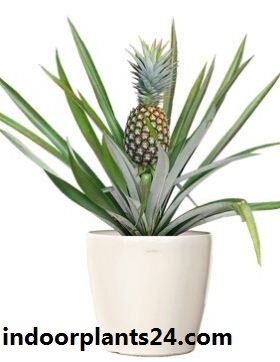
tricolor (which used to be known as var. striatus) is much more ornamental, however, and is sought as a pot plant for its dramatic foliage and occasional brown, edible fruits. 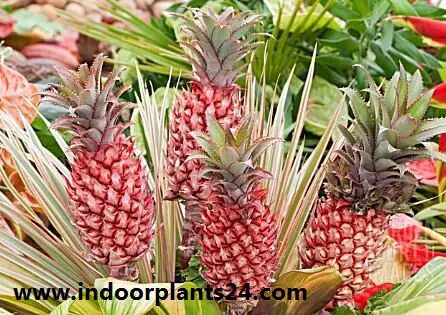 It forms stiff, pointed rosettes of bronze green leaves with yellow margins. The swordlike leaves can be 2V2in/6.5cm across and can grow to more than 3ft/90cm long, so the plant needs plenty of space.
It forms stiff, pointed rosettes of bronze green leaves with yellow margins. The swordlike leaves can be 2V2in/6.5cm across and can grow to more than 3ft/90cm long, so the plant needs plenty of space. 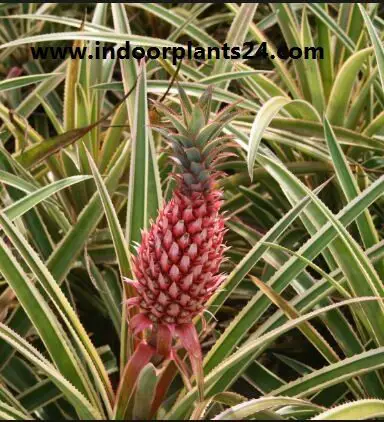 Always wear gloves when handling it, since the spines are sharp.
Always wear gloves when handling it, since the spines are sharp.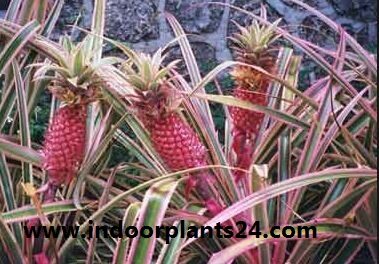
When the plant is five or six years old, a pink fruiting spike that contrasts attractively with the foliage may be produced. The fruit takes several months to form, usually maturing in spring. 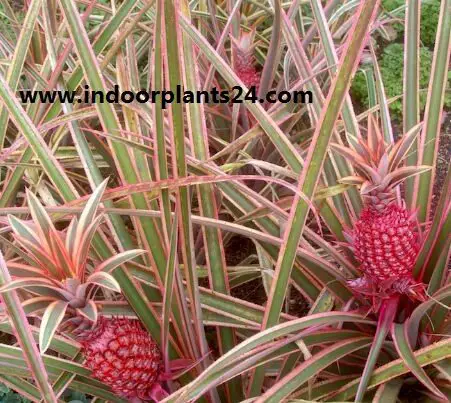 FACT FILE
FACT FILE
ORIGIN Southern Brazil; Paraguay.
HEIGHT To 3ft/90cm. 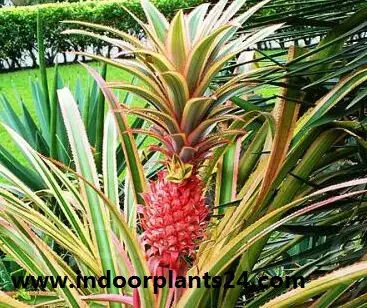 POTTING MIX Commercial bromeliad mix; or equal parts by volume of coarse sand and peat moss plus half a part of leaf mold.
POTTING MIX Commercial bromeliad mix; or equal parts by volume of coarse sand and peat moss plus half a part of leaf mold. 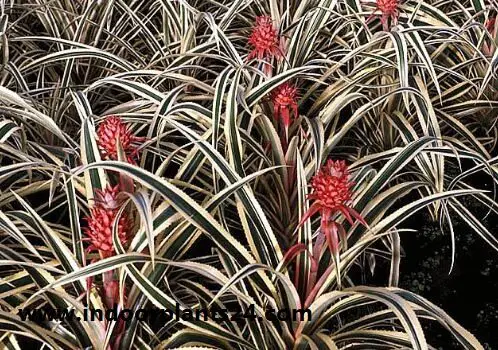
Pina roja/Red Pineapple/Ananas bracteatus | Zoom’s Edible Plants
REPOTTING Move into a pot one size larger every second spring.Once the plant has reached the desired size, top-dress it each spring. 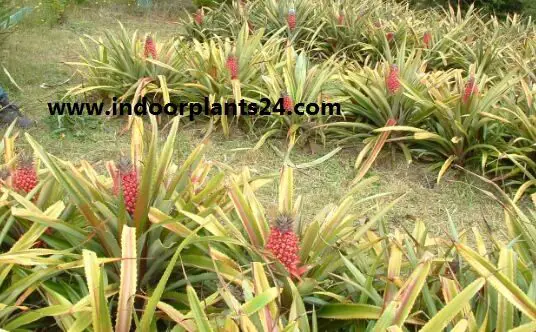 PROPAGATION Use the top of the fruiting spike, which bears a small plant, or good-sized offsets from around the base of older plants and set them in a mixture of peat moss and coarse sand or perlite. Warm conditions in filtered sunlight or a propagator are needed to induce them to root.
PROPAGATION Use the top of the fruiting spike, which bears a small plant, or good-sized offsets from around the base of older plants and set them in a mixture of peat moss and coarse sand or perlite. Warm conditions in filtered sunlight or a propagator are needed to induce them to root. 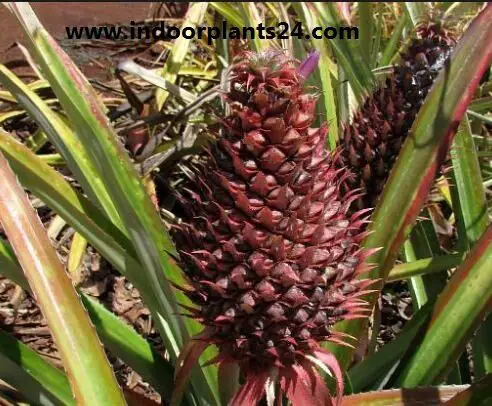 KEEPING PLANTS Mature plants may become top-heavy. Repot them into heavier clay pots as they grow.
KEEPING PLANTS Mature plants may become top-heavy. Repot them into heavier clay pots as they grow. 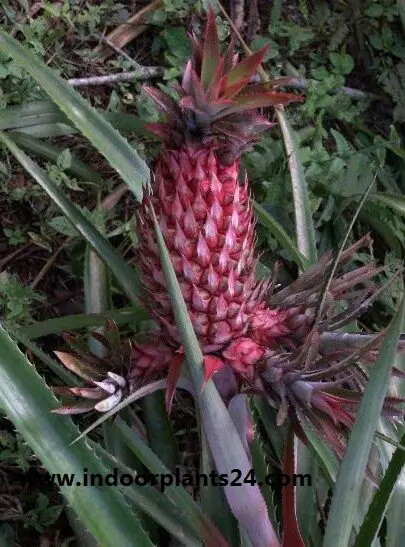
Ananas bracteatus var. tricolor Bromeliaceae PLANT CARE
- A bright location, with some direct sunlight.
- Minimum winter temperature of 64°F/18°C.
- Allow the top two-thirds of the soil to dry out before watering.
- Stand the plant on a tray of moist pebbles or plunge it into moist peat moss to keep humidity high.
- Apply a weak liquid fertilizer every 2 weeks from early spring to late summer.
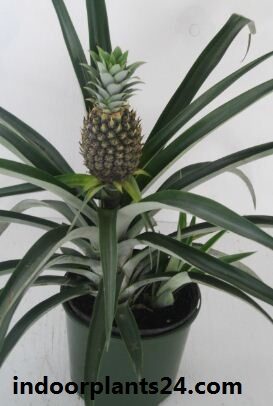
- Share
- Share
- Share
- Share
